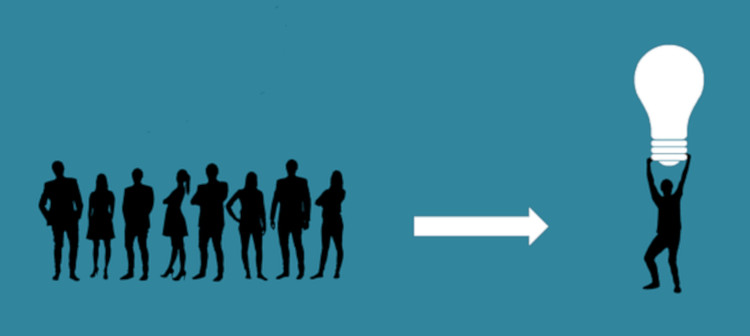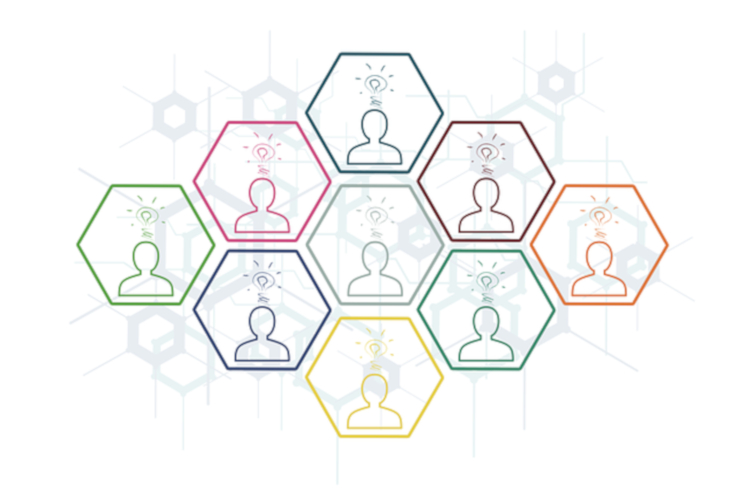The rather old idea of crowdfunding has now become well known to the general public. This method of disintermediating a project makes it possible to bypass the need for banks, but requires the convincing and uniting of a sufficient number of participants. During a set period of time, every interested person pays a small sum into the campaign via a donation or a future consideration.
The use of this module with our platform will be an opportunity to finance projects that meet the standards set by ethical charter. Its effectiveness will, of course, depend on the number of members and their motivation towards a project. If there is a sufficient workforce, the crowdfunding module can be turned into a credit union, an entity that can finance larger projects, such as the creation of a worker’s cooperative.
Communal Lending
One function of this financing module can be dedicated to direct communal lending :
Small municipalities and towns are often forced to borrow funds to finance local projects of public interest (apart from infrastructure and other investments that are already financed by taxes). This could be the construction of a public space, a place dedicated to local democracy, or the subsidization of a café, which can be a place for meetings and exchanges in small towns. This type of café, often “multiservice”, will have beverage service, a post office, cash machines, a bread box, internet access, and more. It is, above all else, the heart of social life and the nerve center of rural communities. WIthout them, conviviality and social ties disappear, as does the sustainability of the small town. Very often in these communities, the very existence of a school depends only on the continued enrollment of just a few students. These can be lost by just a few families who decide to leave an aging and unattractive village to join the droves of urban people who are subjected to demographic pressure, pollution, and aggression of different kinds (such as noise, imagery, advertising, etc.).
Instead of using a bank for this type of credit, it would be in the better interest of the community to solicit the inhabitants for a communal loan. The interest rate could be lower for the municipality, and the interest will be paid directly to the inhabitants who are already benefiting from the project. The level of involvement of the population within the project is increased since their contribution is voluntary, and they are directly participating in the decisions and its development.
This municipal loan could even be accompanied by a referendum, or local consultation, a sort of public debate with a decision by consensus.
It is an opportunity for a local community to self-finance, to free itself from the banks and to practice in self-management and direct democracy.
We hope to be able to, via a dedicated module on the platform, be the interface between small town halls and the individuals wanting to finance projects. This way, a loan may be able to extend beyond the population of the concerned municipality, and the digital tool to manage these funds will be made available to them free of charge. This module can share many functionalities with the crowdfunding module.









